Peter Taylor
Cosmologist
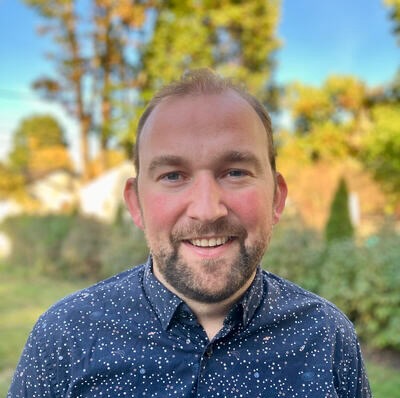

I'm currently a CCAPP fellow at the Ohio State University. Prior to this I was an NPP fellow at NASA/Caltech's Jet Propulsion Laboratory after completing my PhD at University College London's Mullard Space Science Laboratory. I develop statistical and ML techniques to test fundamental physics with data from the largest spectroscopic and photometric surveys.
You can follow the links to my CV, publication list, Google scholar and github profile.
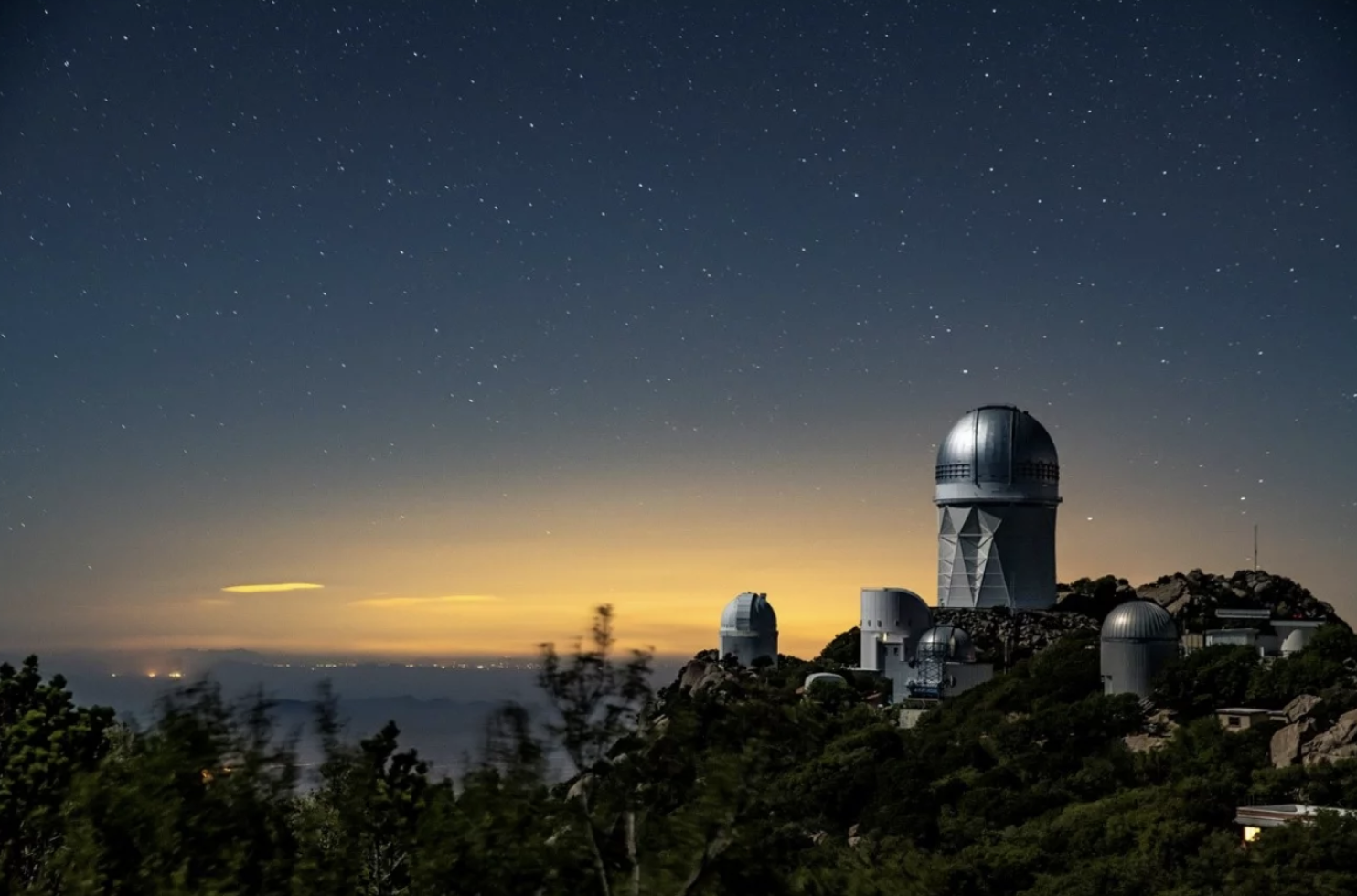
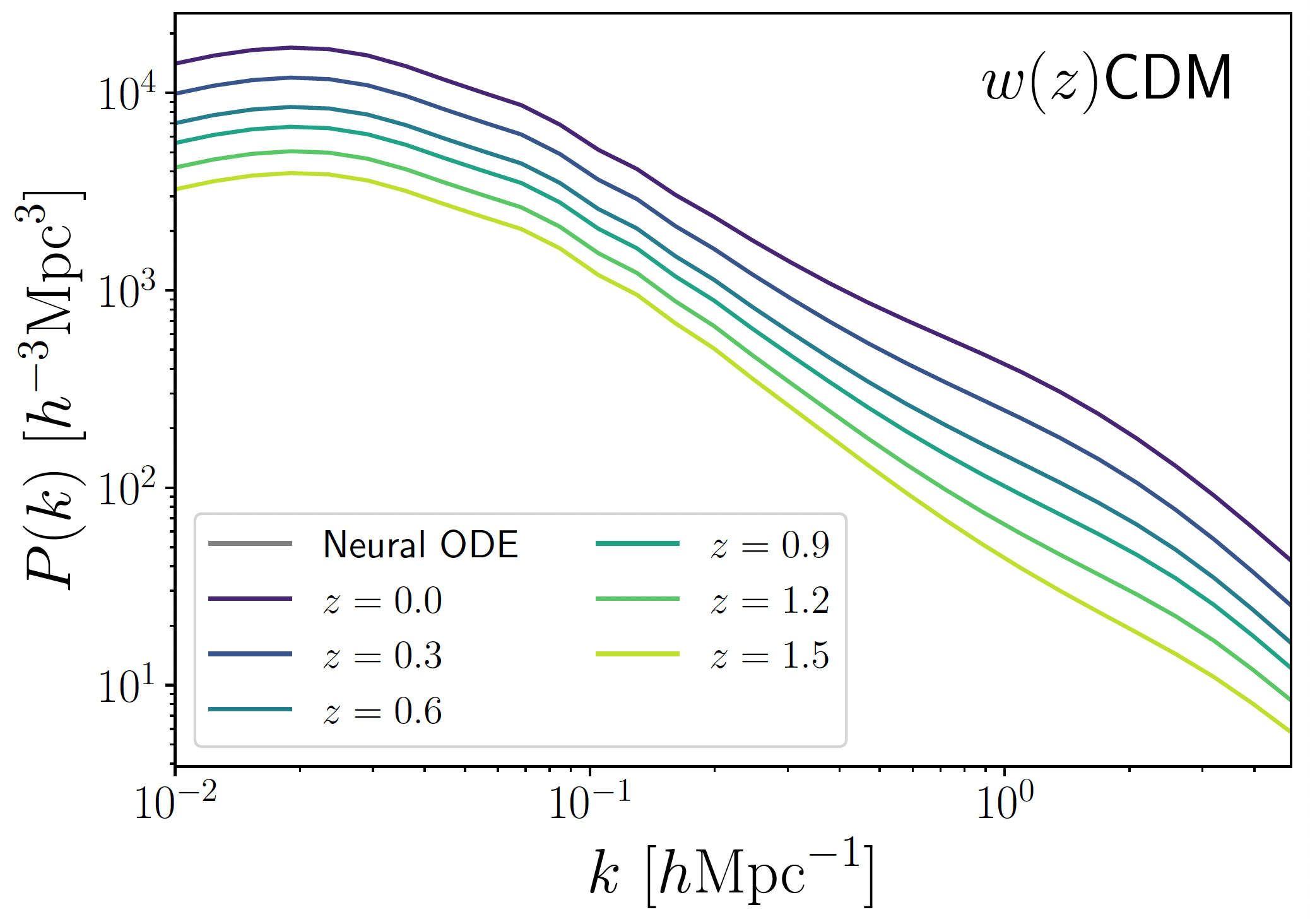
I am pioneering a method to model the growth of large scale structure for an arbitrary dark energy equation of state using neural ordinary differential equations. This technique will enable precision tests of dark energy across model space with upcoming photometric surveys.
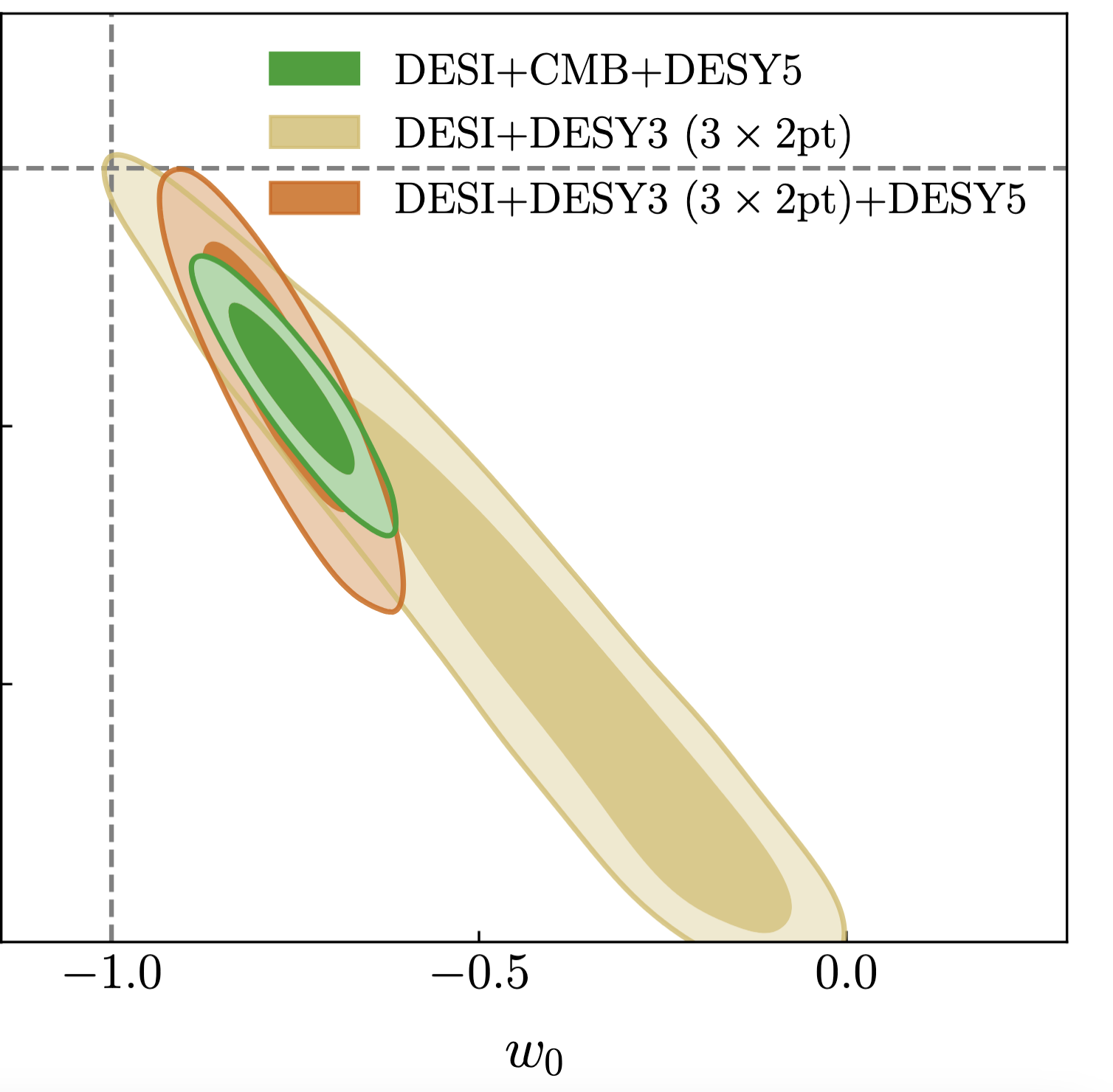
As part of the DESI DR2 key analysis, Pedro Carrilho and I used my code, CombineHarvesterFlow, to obtain the tightest local constraints on dynamical dark enery. We found that even without CMB data, the combination of DESI and DES data prefers dynamical dark energy over ΛCDM at the 3σ-level.
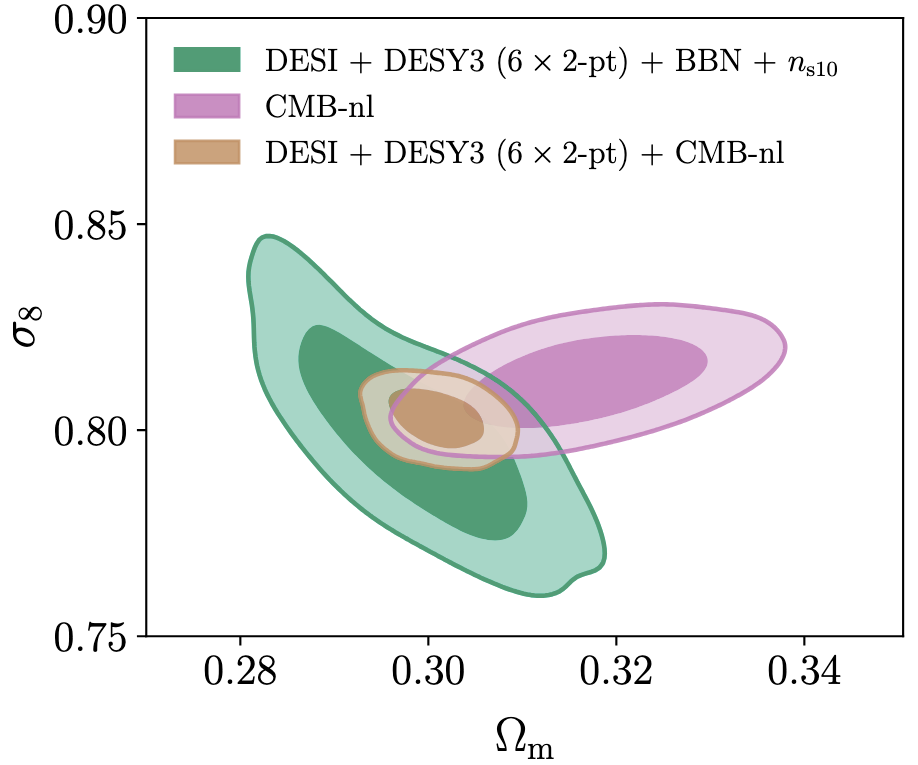
As part of the DESI Y1 key project, I led the DESI, DES and CMB joint analysis. This led to the tightest ΛCDM constraints to date. Using the year 1 full-shape data my student, Erik Zaborowski, performed one of the most constraing BAO-free measurements of the Hubble parameter. His results put pressure on early dark energy solutions to the Hubble tension.
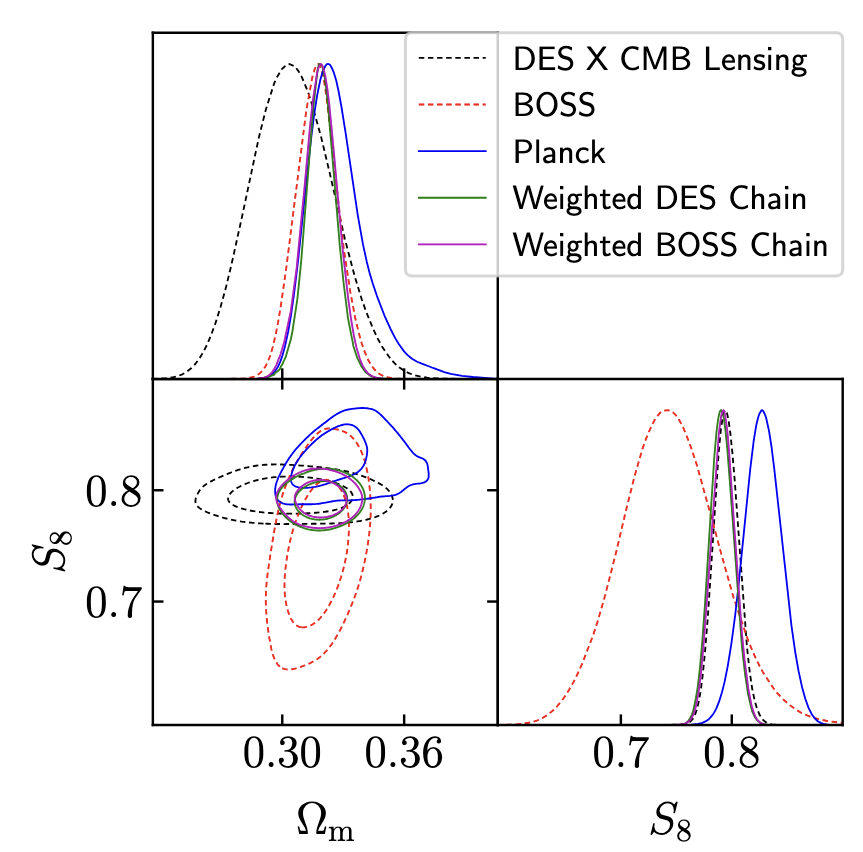
I have shown how to massively accelerate the sampling of independent likelihoods using normalizing flows. Using this technique I combined DES, BOSS and CMB lensing constraints leading to some of the tightest cosmological constraints from large scale structure to date.
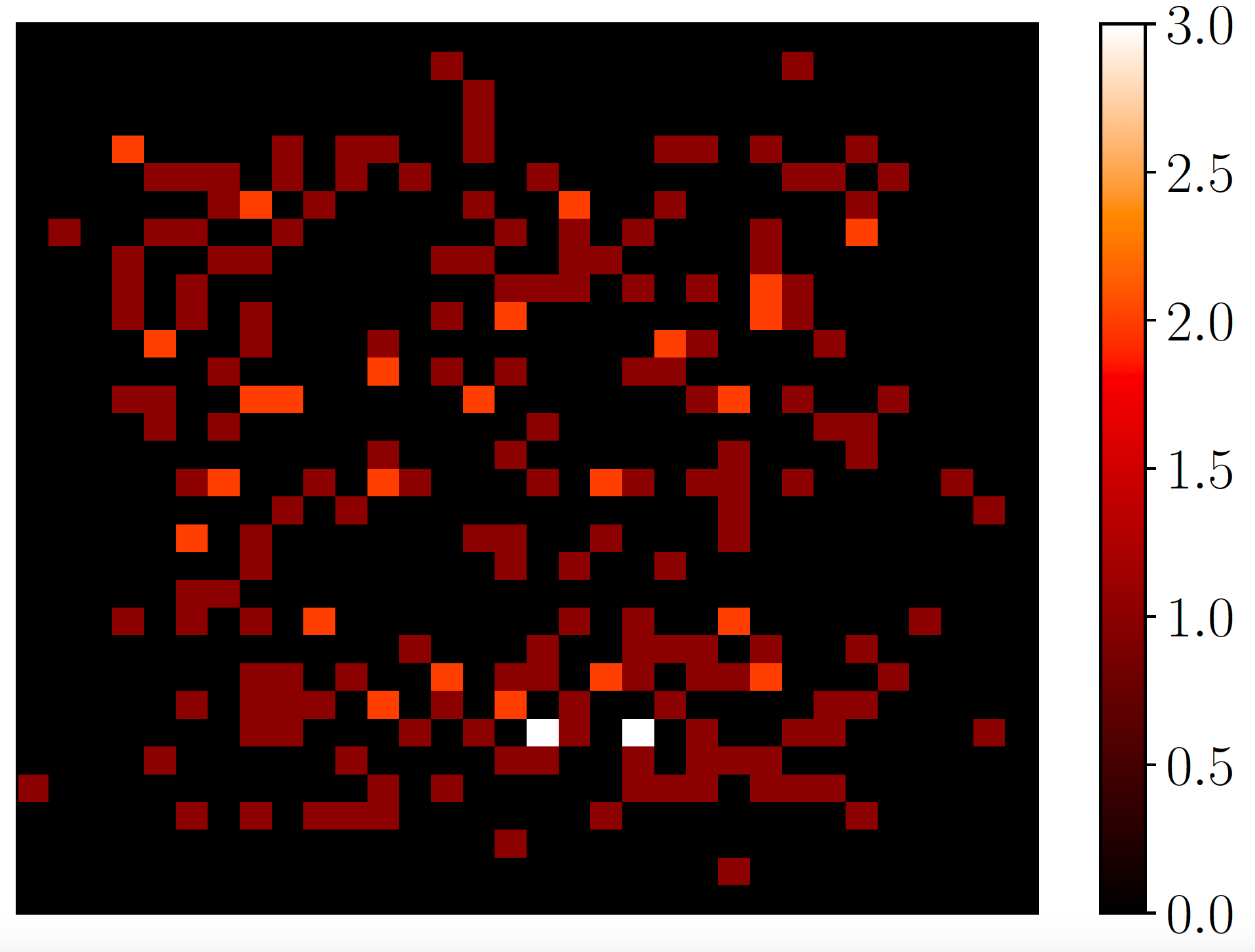
Following possible detections of parity-violations in BOSS data, I developed an unsupervized machine learning approach to search for parity-violations in spectroscopic galaxy surveys. If physical in origin, this signal would point to novel physics during the epoch of inflation. My approach is free from the usual theoretical uncertanties associated with estimating the significance of the detection from simulations or theory.

I am the science-PI of a 3-year NASA Astrophysics Theory Program Grant to exploit the synergies between upcoming photometric and spectroscopic surveys. In this role I have shown how to combine cosmological information from photometric and spectroscopic surveys.
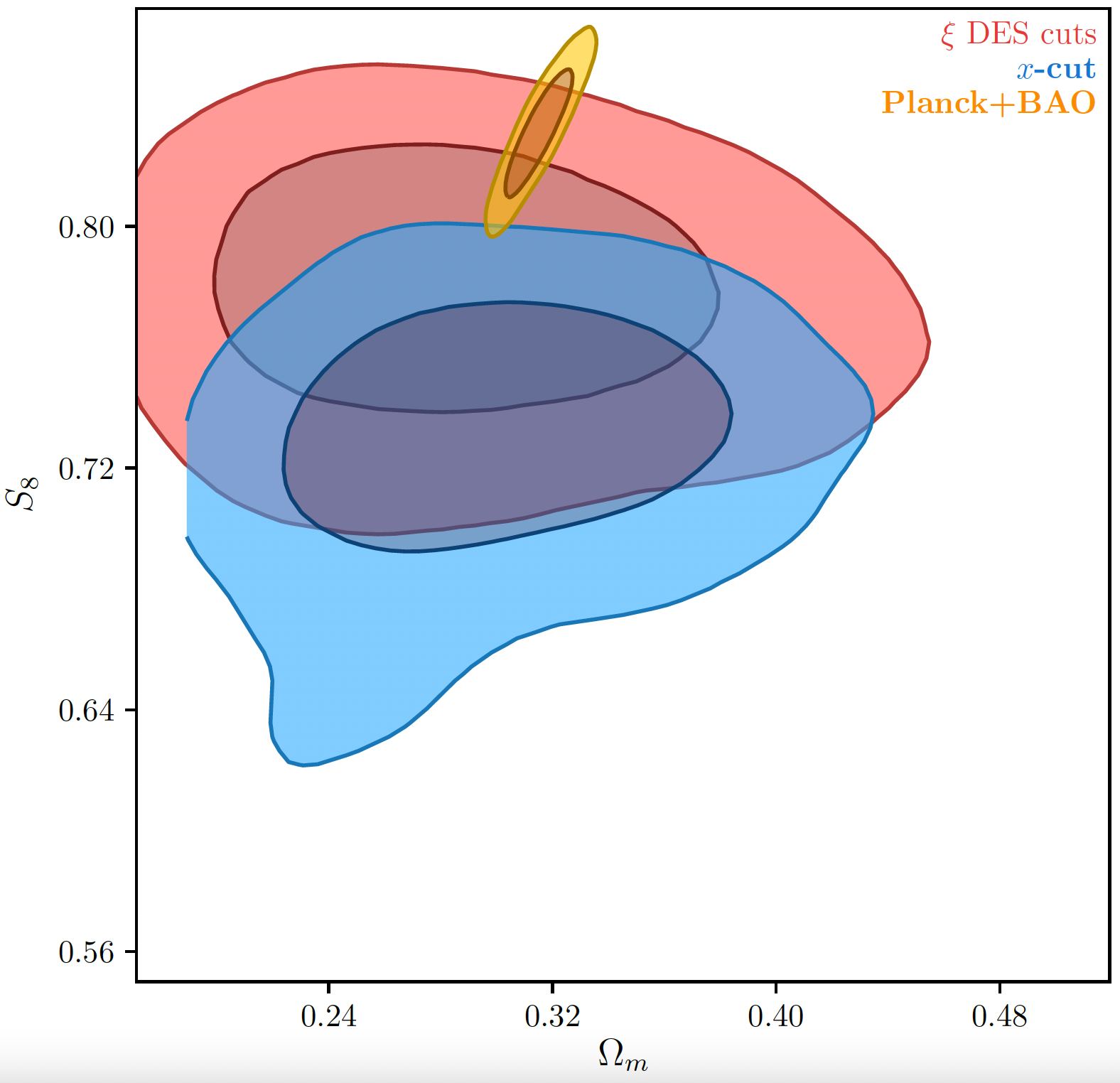
I led the development of a new technique called
\(k\)-cut cosmic shear (or sometimes \(x\)-cut cosmic shear) which allows us to extract significantly more information in the face of small scale modelling uncertainties caused by baryonic feedback. This is the dominant source of theoretical uncertainty in weak lensing analyses. I demonstrated the advantages of the method using Dark Energy Survey data, and the method is now integrated into the Euclid likelihood pipeline.
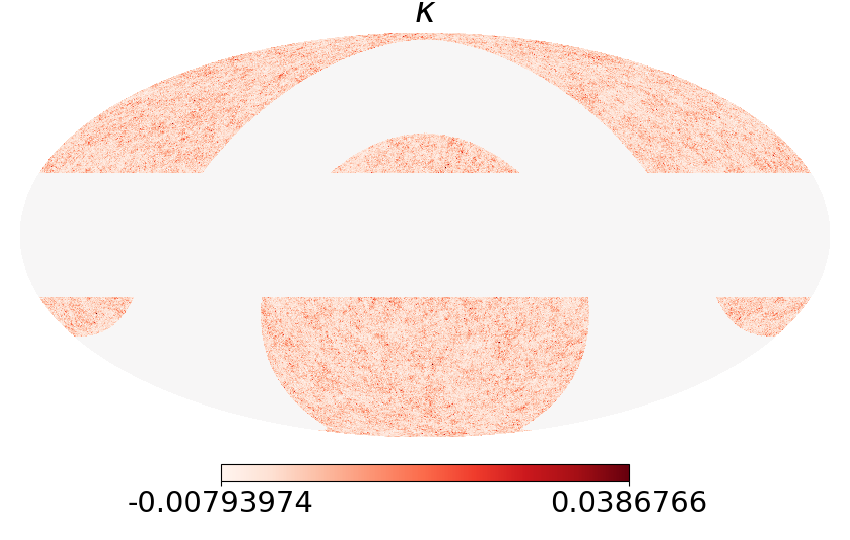
I showed that modern density estimation can be used to infer cosmological parameters from full forward model realizations of the weak lensing data. By comparing this approach to the standard Gaussian likelihood approach, I demonstrated for the first time that the Gaussian likelihood approximation is unbiased. Previously, it had been conjectured that this approximation was responsible for the \(S_8\) tension.
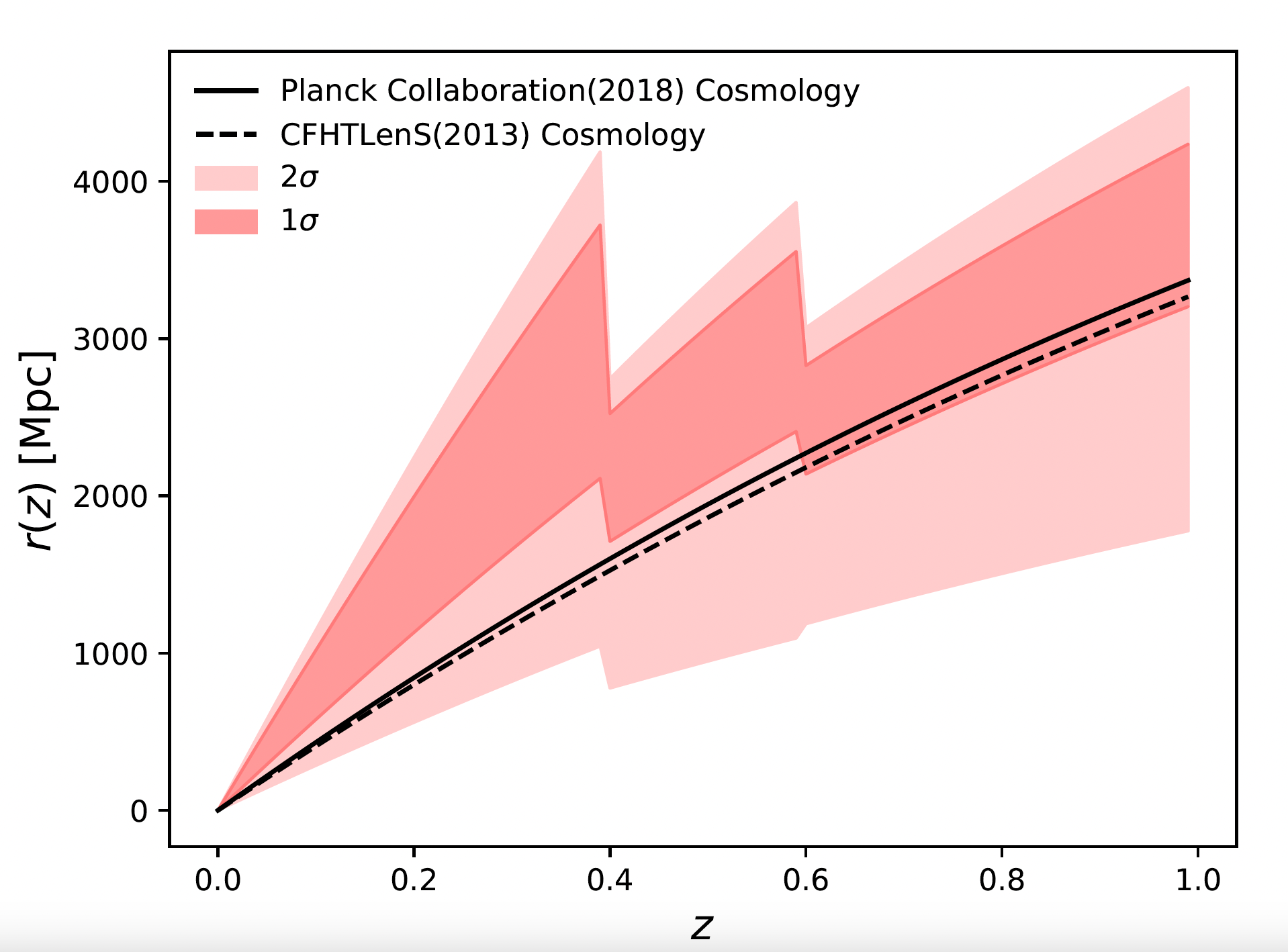
Using data from the Canada-France-Hawaii Telescope Lensing Survey I measured the background expansion of the Universe and growth of structure free from any assumption about the underlying cosmological model. This was the first model independent measurement using weak lensing data. Both the growth and expansion were consistent with our expectation from the CMB and ΛCDM.
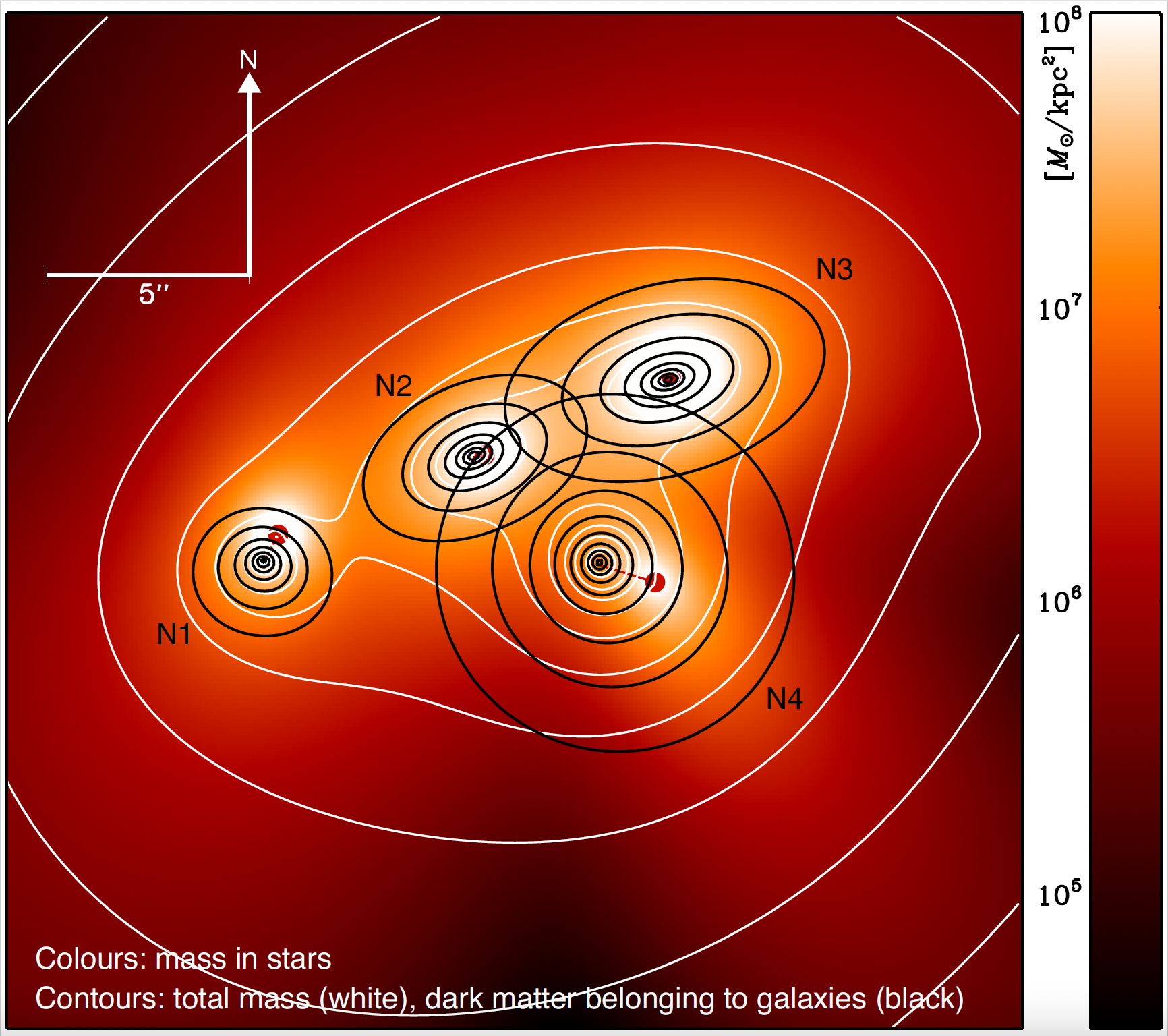
I developed a strong lensing test to search for tails of scattering dark matter particles from halo collisions. Using HST data, I initially found weak evidence for a tail of scattered particles in Abell 3827. In an updated analysis using ALMA and the VLT, we found this was due to a misidentification of multi-lensed images.
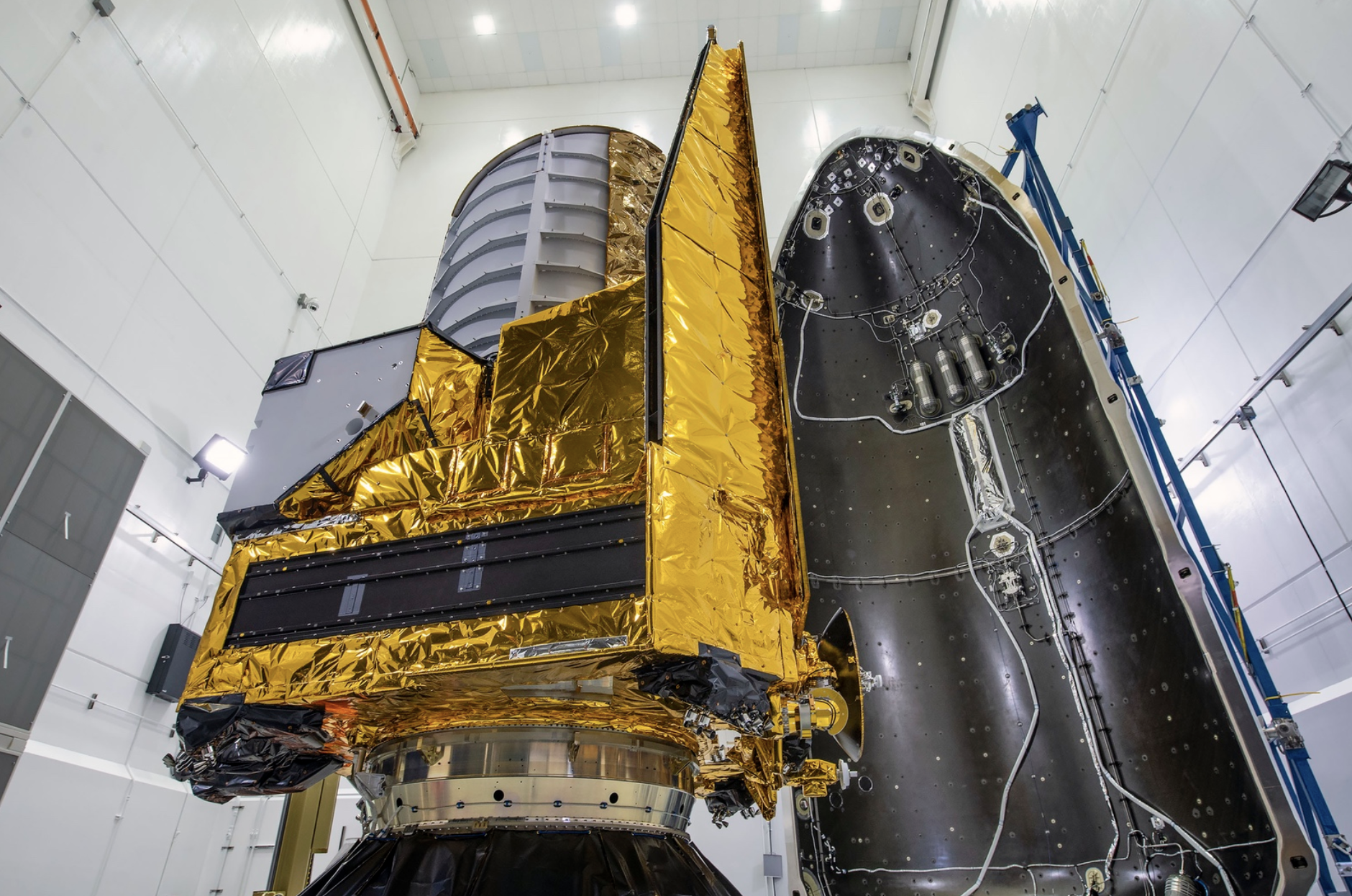
In 2022 I was invited to give a lecture on likelihoods and inference in cosmology at the Euclid Advanced School in Les Houches, France. I hope this talk may be of some use to new students in the field.